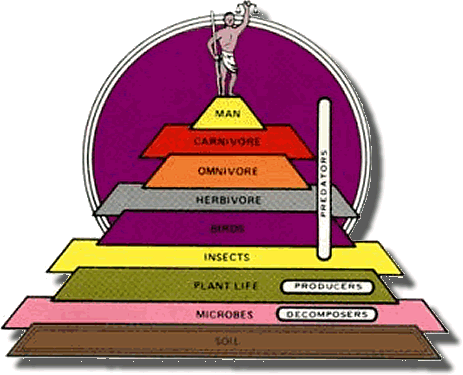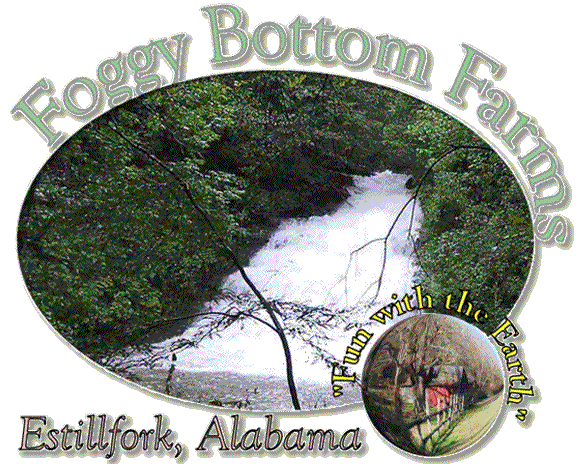Dr. William A. Albrecht said..

Dr. Albrecht’s work could be summed up in the idea “if the nutrition is not in the food, then it’s not in you.” We depend upon plants and animals to assimilate the complex nutrients that we need for healthy living. If they fail to do that, either through poor nutrition or bad handling, then all we are eating is bulk calories.
Food Processing Problems Exceed the Value of Longer Shelf Life
First off, let’s acknowledge that processing extends shelf-life. No one wants to eat stale or rotting food. However, it is the process itself that needs to be challenged. Turning a living food into an inert protein substance is not good processing. Most vitamins and enzymes do not handle the heat and/or pressures involved in processing.
A perfect food processing moment would be one that:
- Allowed the food to remain palatable, edible and nutritious for an indefinite period of time.
- Preserved the nutritional value of the food in its original state. Adding synthetic vitamins back to processed food is not the same thing as preserving the original vitamin and enzyme molecules.
- Left a visible trail of the food’s point of origin and the process used.
The food police will try to scare you away from doing your own preservation with stories of botulism poisoning and listeria. What they won’t tell you are the stories behind food recalls and the systemic issues in our current food distribution models. There is a certain amount of risk in all food processing. The question becomes do you trust faceless corporations located thousands of miles away more than you trust your local farmer and the person maintaining your food supply?
For an in-depth study of the value of nutrient dense foods see Sally Fallon’s article “Adventures in Macro Nutrient Land.“
Part of the problem a modern society experiences with processed food is that we have traded nutritional benefit for convenience. It’s a lot of work to go through the steps of preserving food. Granted, freezers and dehydrators make it much easier than canning, but it still requires planning and effort. Trips to the grocery store permit mindless shopping, pretty boxes and the seduction of coupons. I suspect people would think twice if the coupon read “Trade your kidneys for our MSG filled treat.”
Food Without Nutrients is Just Empty Calories

Poor soil, over worked and under nourished is forced to yield fruits and vegetables that are not allowed to ripen. The “picked green” produce is trucked thousands of miles and kept in storage until the grocery stores are ready for it. The essential vitamins and enzymes essential to your health were either never there or expired during shipment.
Your best choices is to find locally grown food from farmers committed to organic methods and aware of what they must do to first feed the soil.
What’s Not Fit For a Dog?
The old expression “not fit for a dog” was a colloquial expression of contempt about how bad some food can be.
The sad thing is it reflects a serious disrespect for the dog. However, the dog is not without blame in this situation. For generations, people have observed how dogs relish eating “tainted meat.” In other words, dogs choose to eat meat that has begun the process of decomposition and is farther down that path than most humans care to go.
That line of thinking has given permission to many people to feed their dogs anything they will eat and assume that it’s okay to do so.
In her book, “Foods Pet Die For” , Ann N. Martin details how this whole line of thought results in every form rotten, cancerous, wormy and putrid form of anything resembling protein gets converted into “animal feed.”
The book lacks the empirical research one would expect from a scientific analysis of the composition of dog food, but the recent anecdotal experiences of veterinarians seeing an increase in everything from tumors to skin rash to depression in dogs, cats and other pets calls into the question the role that food plays in these problems.
One could hope that the FDA would enforce disclosure of contents and methods of preparation of animal food, but then they won’t even give us “origin of country” labeling or specific content amounts on food that was “fit for humans.”
In brings into question what the word “fit” really means.
